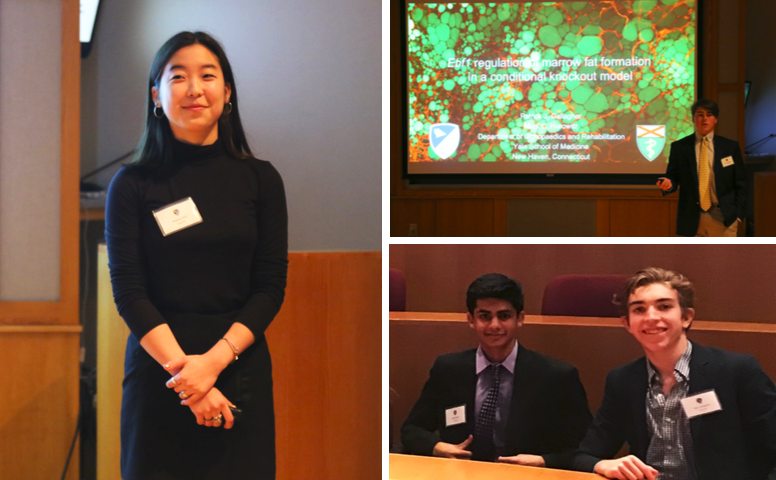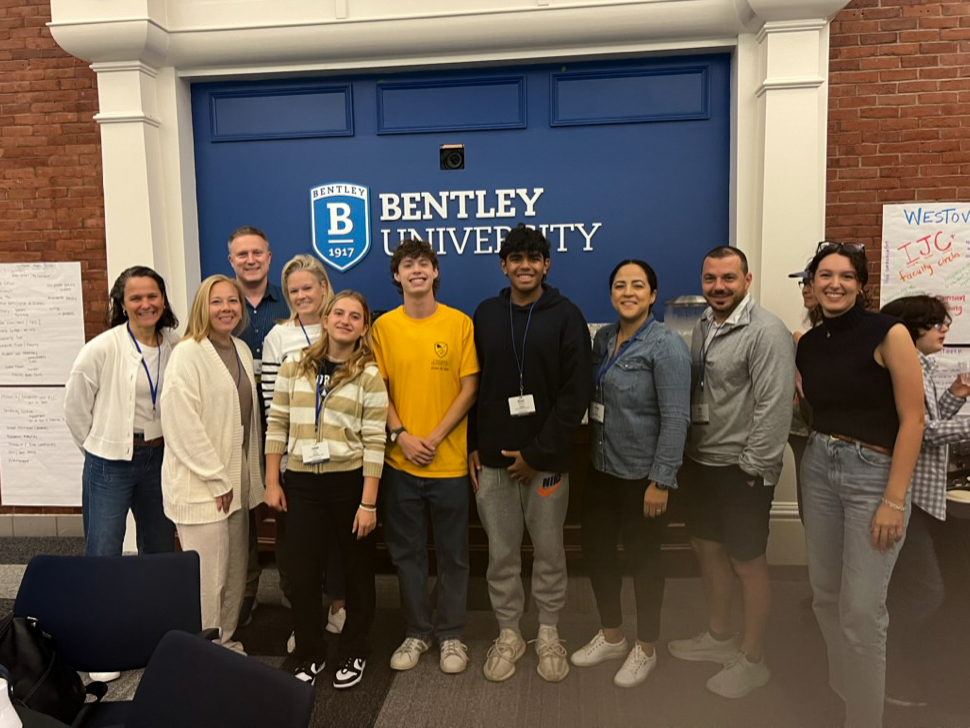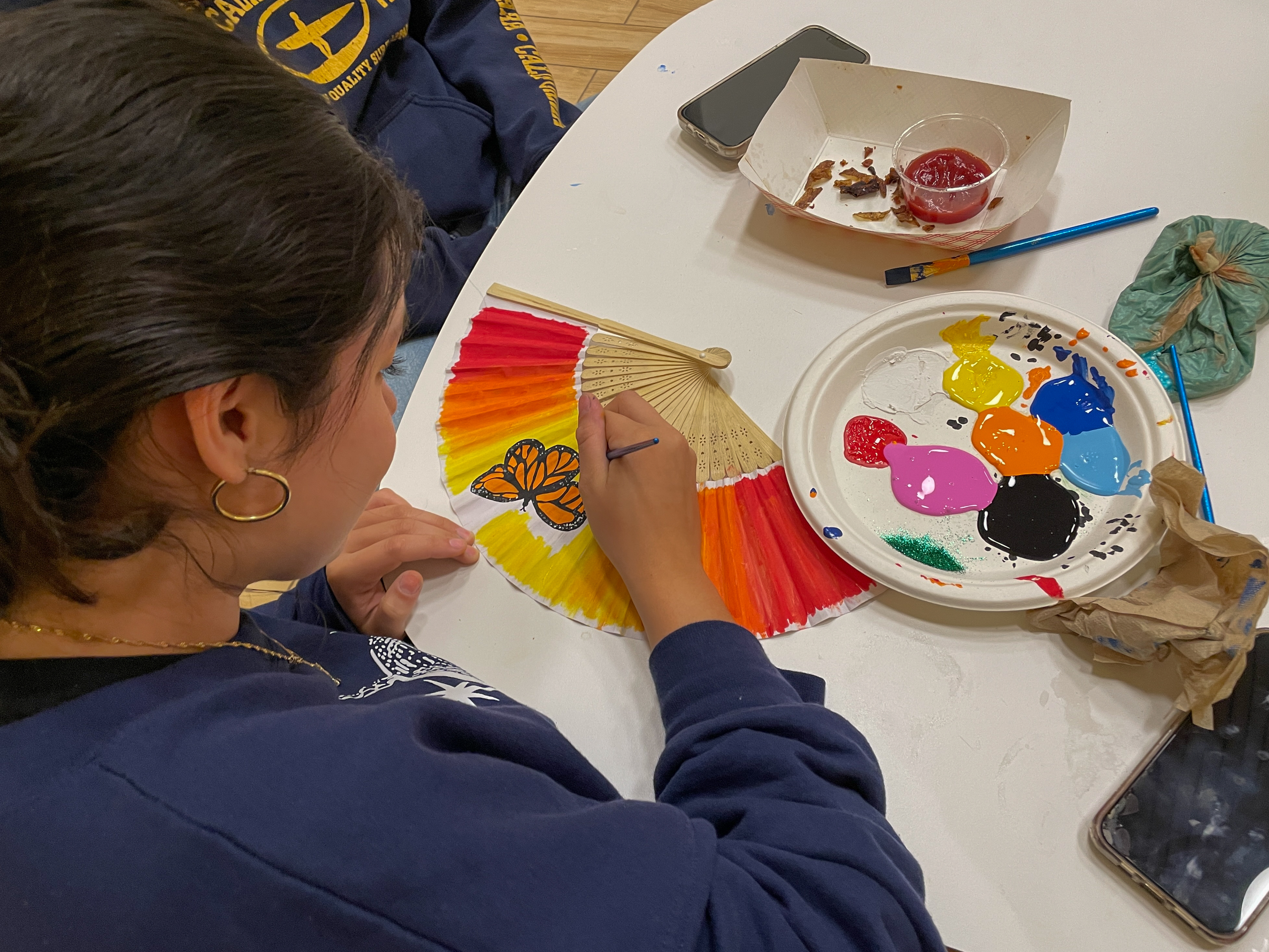The past week, the senior members of the Science Research Program (SRP) presented their final projects, which culminated two years of hard work and dedication to the signature program. As of this week, the senior members of the program have successfully completed both intensive and professional scientific endeavours and had the opportunity to share a piece of their work with the greater Choate community.
The Science Research Program, one of Choate’s seven signature programs, is comprised of 16 students divided into two sections: biology and quantitative science. At the the start of their junior year, SRP students begin researching laboratories that interest them, where they later complete an eight- to twelve-week internship the following summer. Once offered an internship opportunity, the students read from extensive selections of advanced scientific literature regarding their field of study. In addition, students become trained in research techniques and laboratory equipment. After completing the internship, the students spend the fall term of their senior year preparing for the Student Lecture Series (SLS), in which they present a portion of their summer research. In addition, students create a poster and write a paper, both of which summarize their work.
This past week, students presented on a wide array of topics. For the quantitative section, Haley Chang ’18 presented on the retina-on-a-chip; Andy Si ’18 spoke about the classification of cancer subtypes based on inflammatory signatures, and Elyse Cornwall ’18 talked about phosphorous removal in the wastewater treatment process. For the biology section, Imad Rizvi ’18 spoke about age related changes in somatic hypermutation in human B cells. Richard Lopez ’18 discussed the role of tip cells in kidney branching morphogenesis, and Alyssa Shin ’18 presented on novel chemotherapeutic drug delivery using engineered micelles.
Dr. Allison Nishitani, who directs the biology section of SRP, hopes that the audience realized how interesting science can be and how accessible it is. She said she hopes the audience “saw how much somebody so young could accomplish.”
Mehreen Pasha ’18, a student in the biology section who spent nine weeks researching the role of a gene called CFAP45 on ciliary architecture in multiciliated epidermal cells, also described what she wanted the audience to learn after her presentation. She said, “I just wanted to get across how fascinating human biology is. If I showed my audience how interesting and relatable science can be, then I’ve succeeded.” In addition, Josie Mah ’18, another member of the biology section who researched emotion and empathy, said, “I want people to realize that even though we are each giving 10-minute presentations on our topics, the work we have put in far exceeds what you hear during SLS.”
Although SLS is very rewarding experience, students nevertheless incur challenges when preparing for it. According to Dr. Nishitani, creating a presentation for SLS is no trivial task. “It’s so difficult to take a huge amount of work that you do over the summer at a really high technical level and distill it down into the core narrative and express it in a way that any person could understand,” she said.
Given that the majority of the audience at the presentations might not have been familiar with the background information necessary to understand the full complexity of a student’s work, a huge challenge in preparing for SLS is organizing the presentation such that it is comprehensible. Pasha said, “It was difficult translating all of the scientific jargon into simple, easy-to-understand concepts. I was using this complicated vocabulary on a daily basis in the lab. It was tough knowing what to eliminate so that the audience could understand the bigger picture of the project.”
Furthermore, it is sometimes difficult to get the audience to appreciate every student’s presentation. Dr. Nishitani explained, “People tend to be really excited about topics such as cancer, and any person could agree that cancer is important. However, some research is more basic — for basic biological understanding. As a scientist, I think that is cool, but it is a little harder to get other people excited about that.”
After having successfully completed SRP, students commented on their achievements. Mah said, “More than anything, I’m proud of the work that my classmates and I have put in this past year — I’m constantly inspired by my classmates’ insights and dedication to their work. It’s been a rollercoaster of a year in SRP, and I’m proud of us for reaching this final stage.”
Jonah Berman ’18, a member of the quantitative section who worked on computationally modeling granular materials to better understand their underlying physics, said, “Throughout my 15 months in SRP, every challenge has seemed almost impossible, but when I look back I see how much I’ve learned about physics and the research process.”
As SLS concludes the Science Research Program, Dr. Nishitani hopes that each student “leaves with an appreciation of science and a true understanding of what he or she is capable of.” Dr. Nishitani explained that, because SRP entails rigorous and challenging work, students should be able to reflect upon their work and feel proud of what they’ve done.





